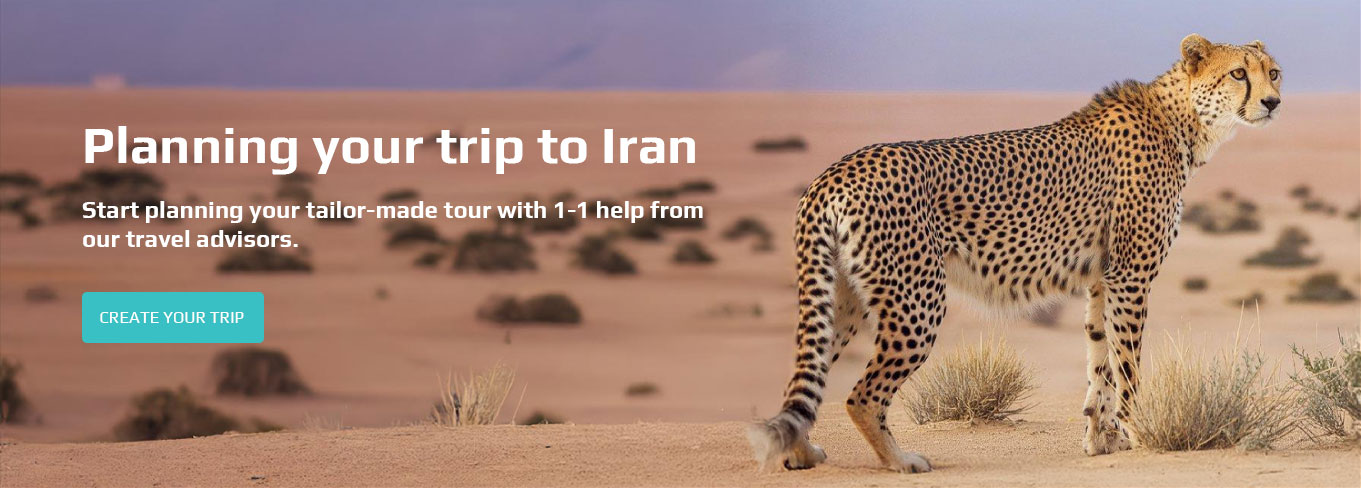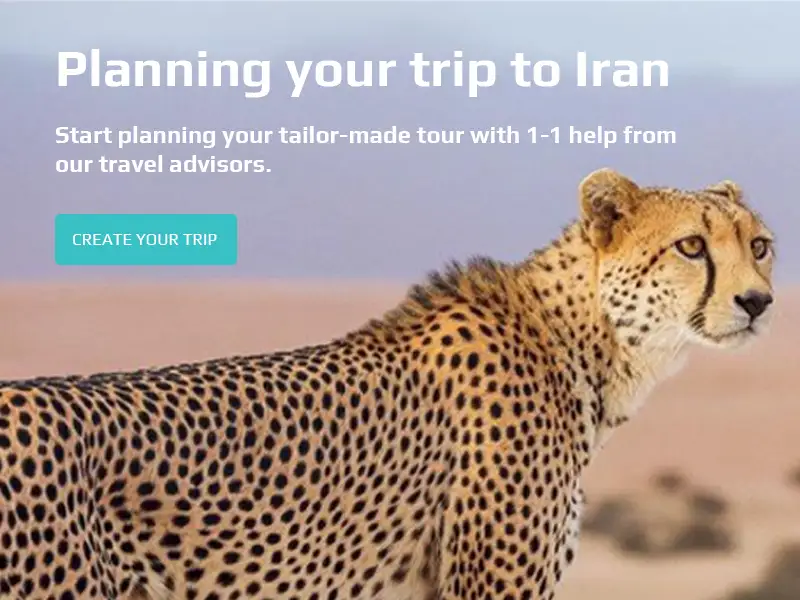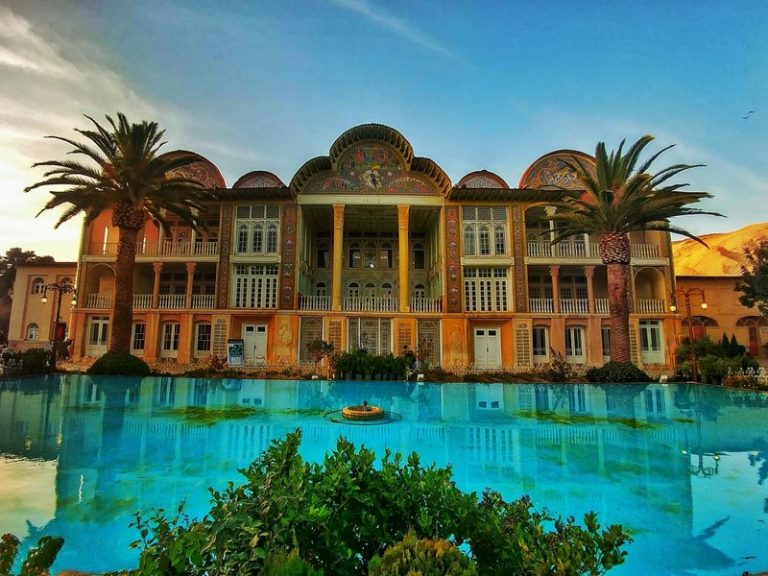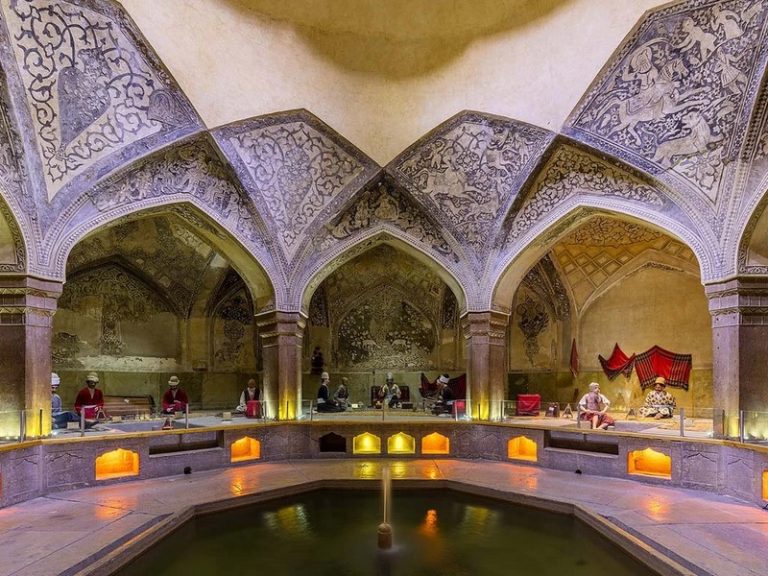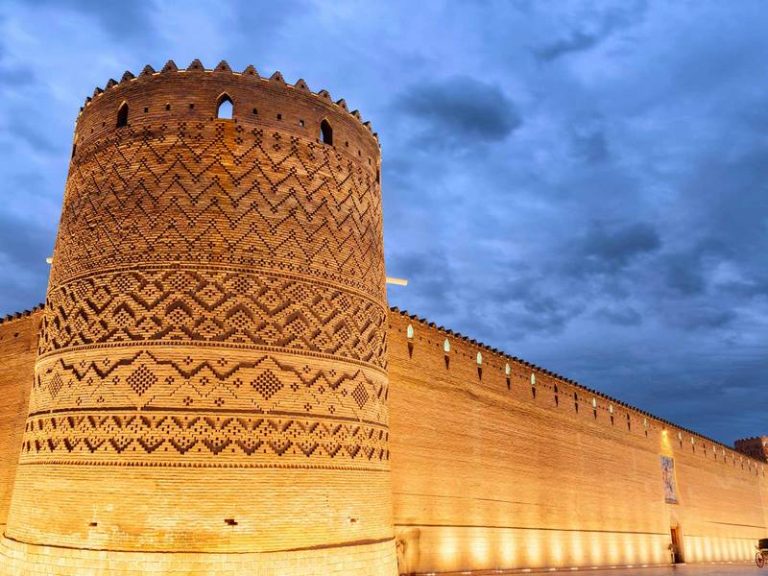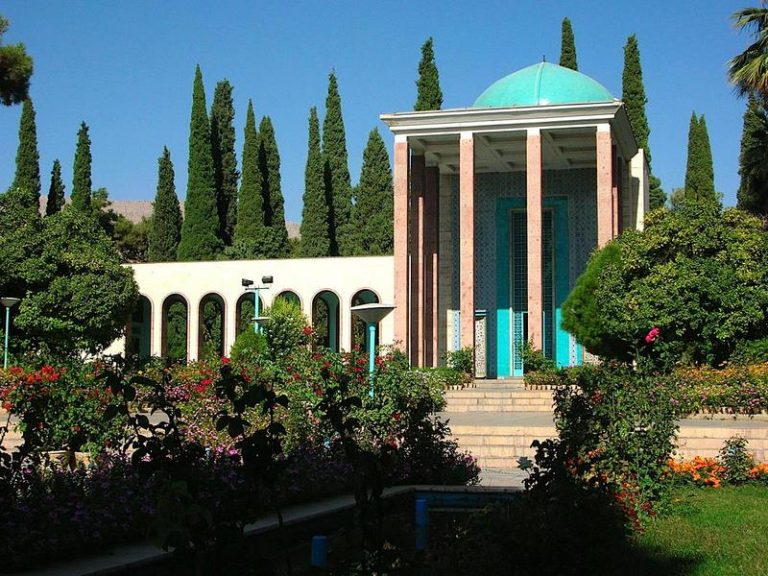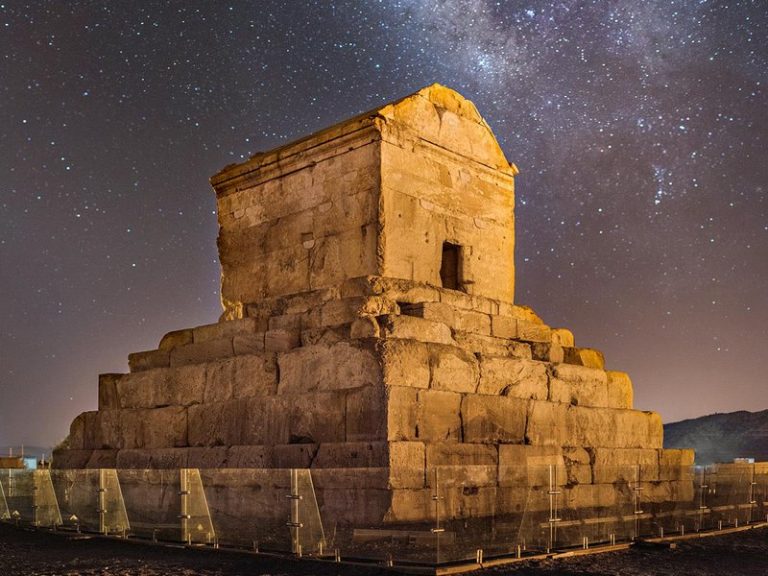Discover Kerman, one of Iran’s oldest cities and a cultural gem situated on the edge of the vast Lut Desert, standing at an altitude of around 1,760 meters above sea level.
Kerman’s climate is shaped by its desert surroundings, resulting in a hot and dry summer and surprisingly cold winters, especially at night. Its clear skies and strong sun add to its distinct desert charm.
From the bustling Ganjali Khan Complex to the ancient Bam Citadel and the spiritual serenity of the Shah Nematollah Vali Shrine, Kerman embodies the blend of historical depth and natural wonders that define southeastern Iran.
As a gateway to some of Iran’s most remarkable landscapes, including the Lut Desert, a UNESCO World Heritage site known as one of the hottest places on Earth, Kerman offers travelers a rich mix of history, architecture, and adventure.
Here are your intercity means of transportation:
By Road: Kerman is well-connected by road to major cities like Yazd, Shiraz, and Bandar Abbas. Long-distance buses and shared taxis are available.
By Train: Kerman Railway Station links the city to Tehran and other parts of the country, offering scenic rides through Iran’s heartland.
By Flight: Kerman Airport (KER), located about 10 km from the city center, offers domestic flights to major Iranian cities.
Within the city, taxis, minibuses, and apps like Snapp and Tap30 make navigating Kerman simple and affordable.
Kerman experiences a desert climate with wide temperature variations between day and night. Summers are dry and hot, while winters can be cold, especially after sunset.
High-season: Spring (March to May) and Autumn (September to early November) are the best times to visit, with mild weather ideal for desert excursions and city sightseeing.
Low-season: Summer (June to early September) due to extreme daytime heat, and deep winter (late December to February) due to cold nights.
✓ Norooz holidays (around March 15th to April 2nd) are considered a peak season across Iran, and Kerman is no exception. During this time, popular attractions may get busy, especially the Lut Desert and Bam area.

